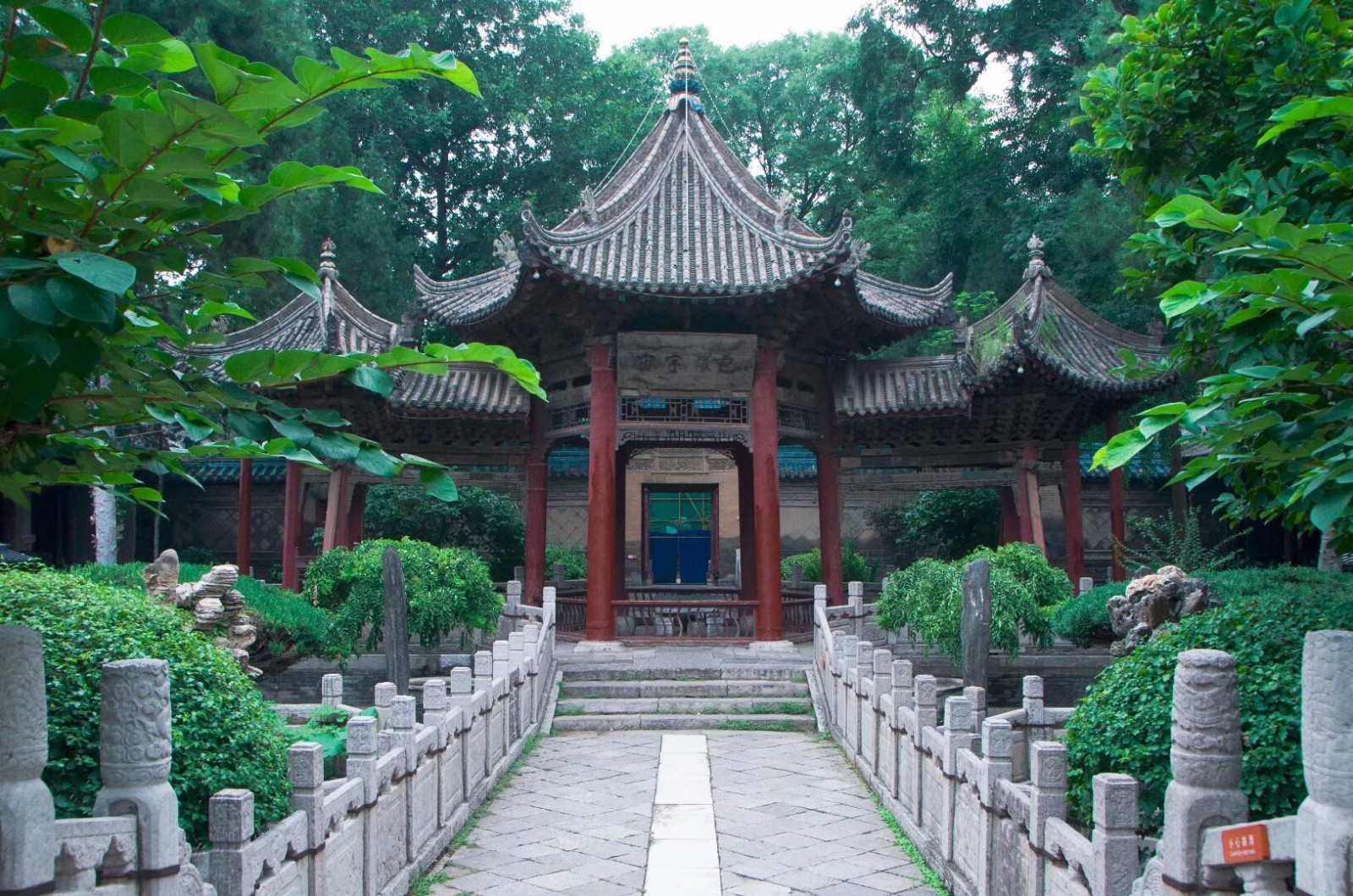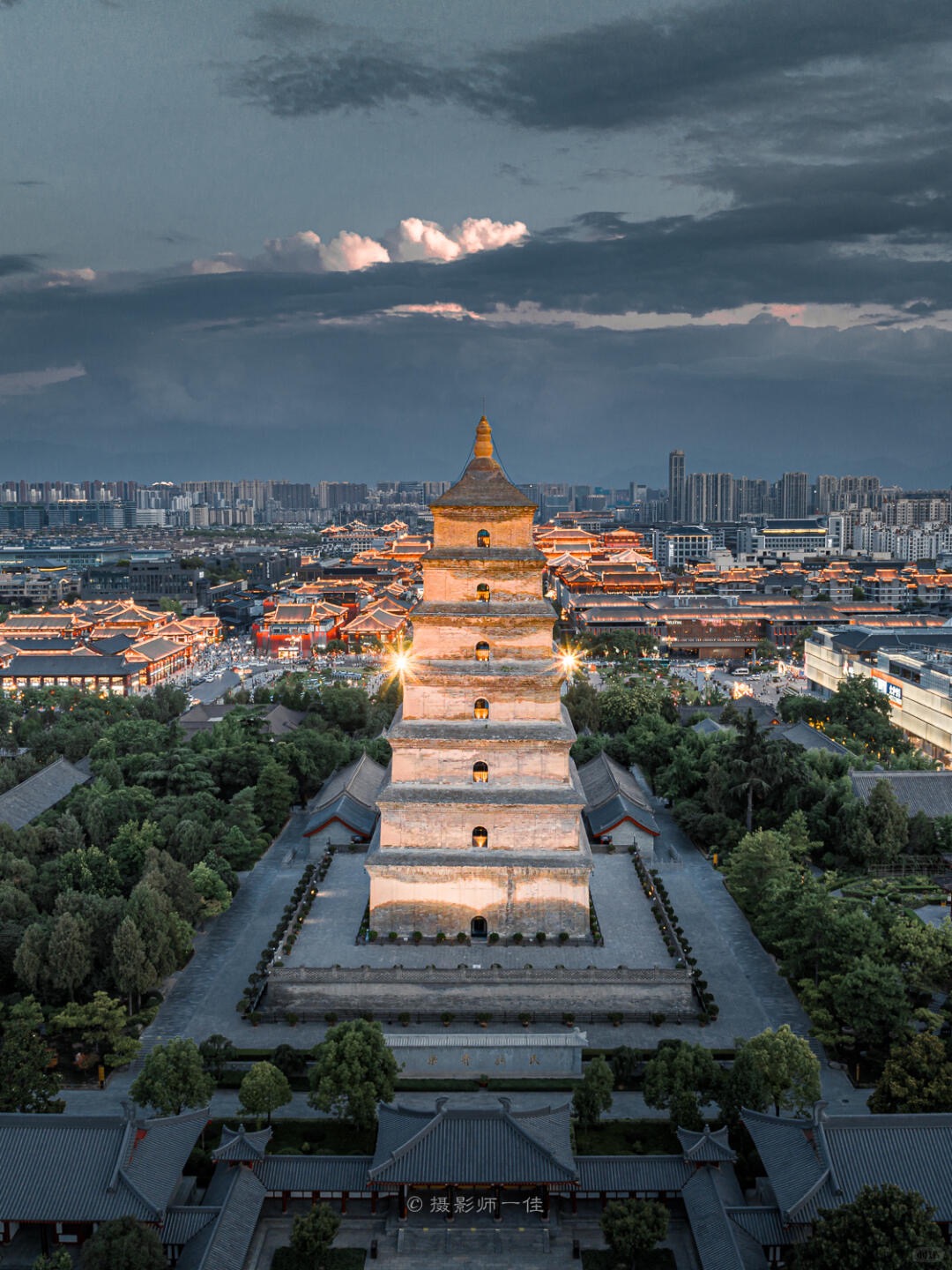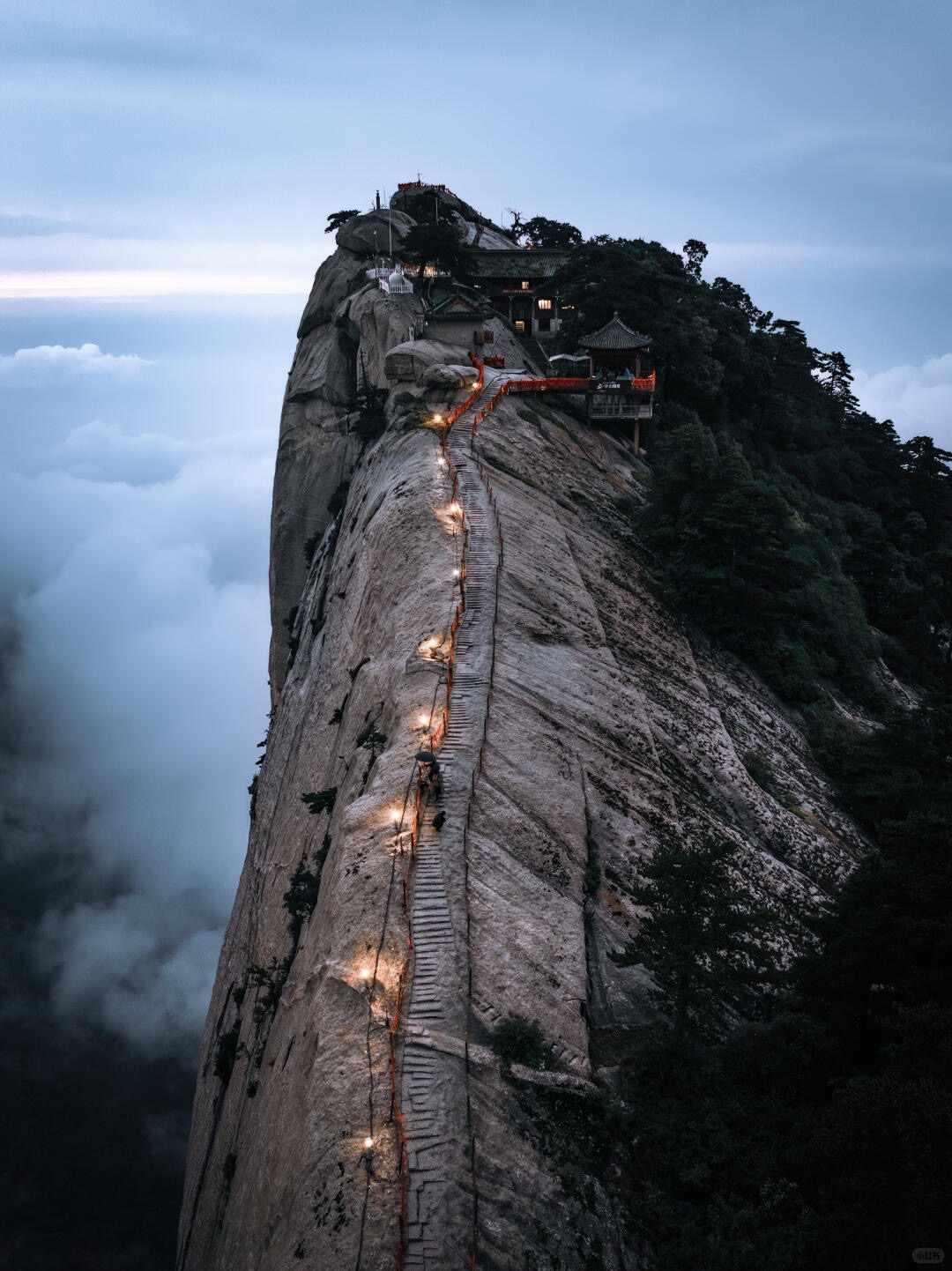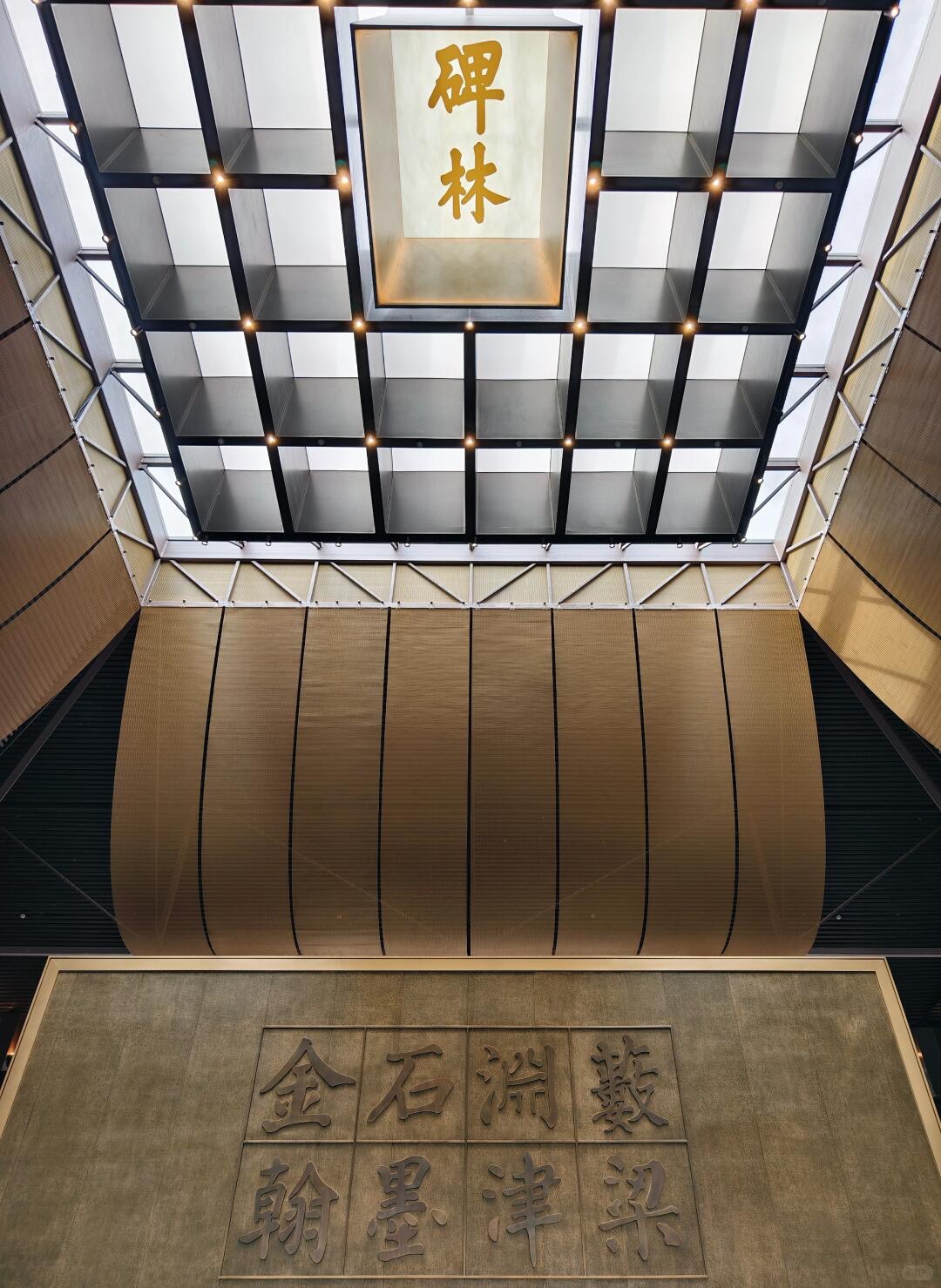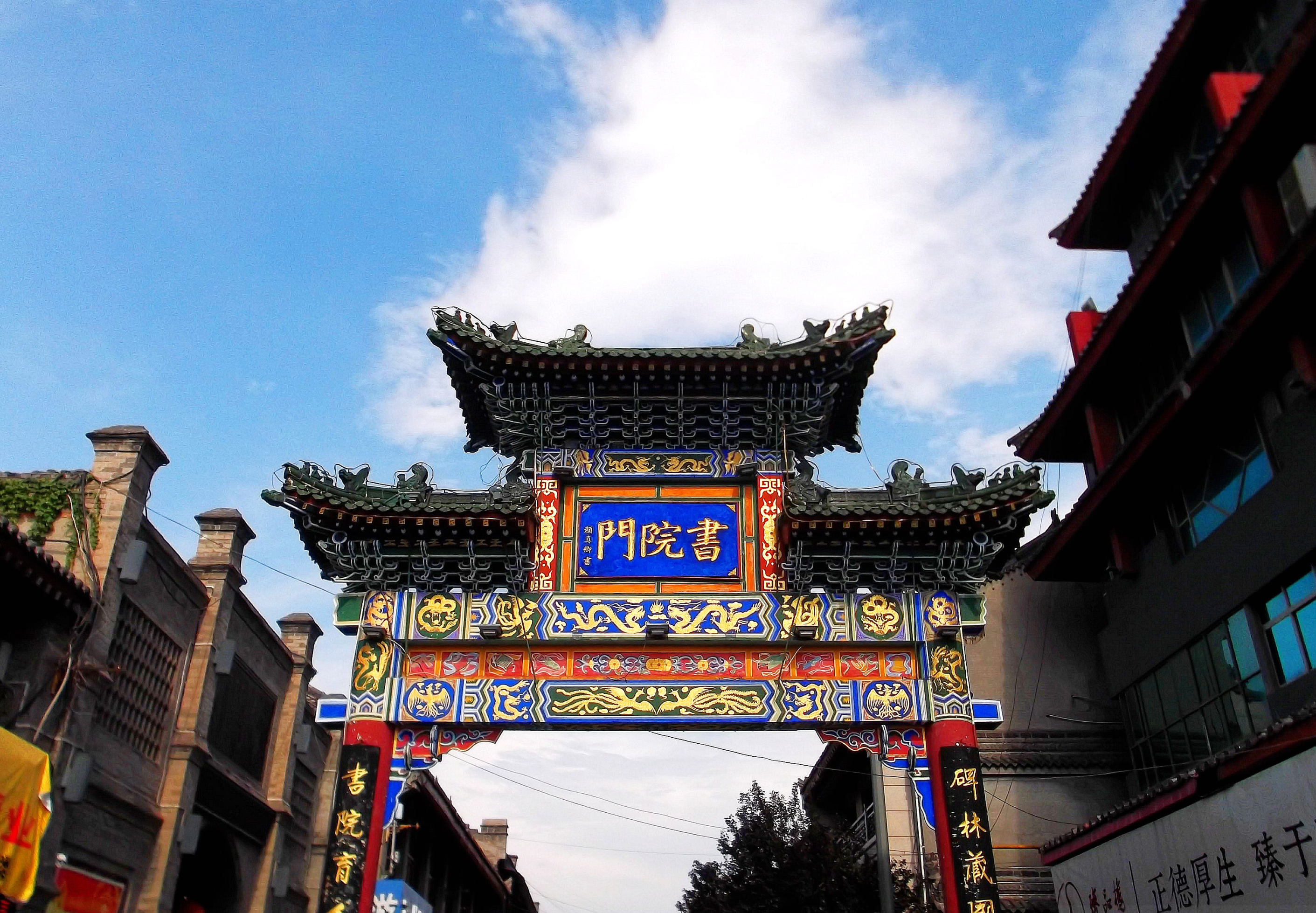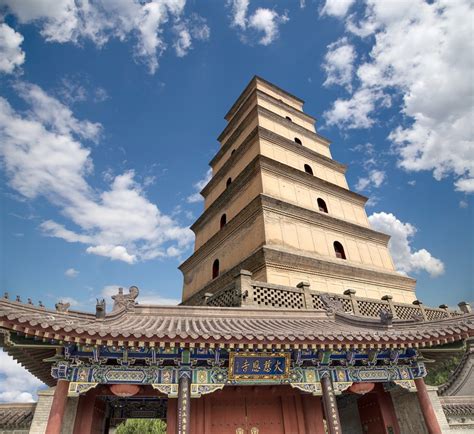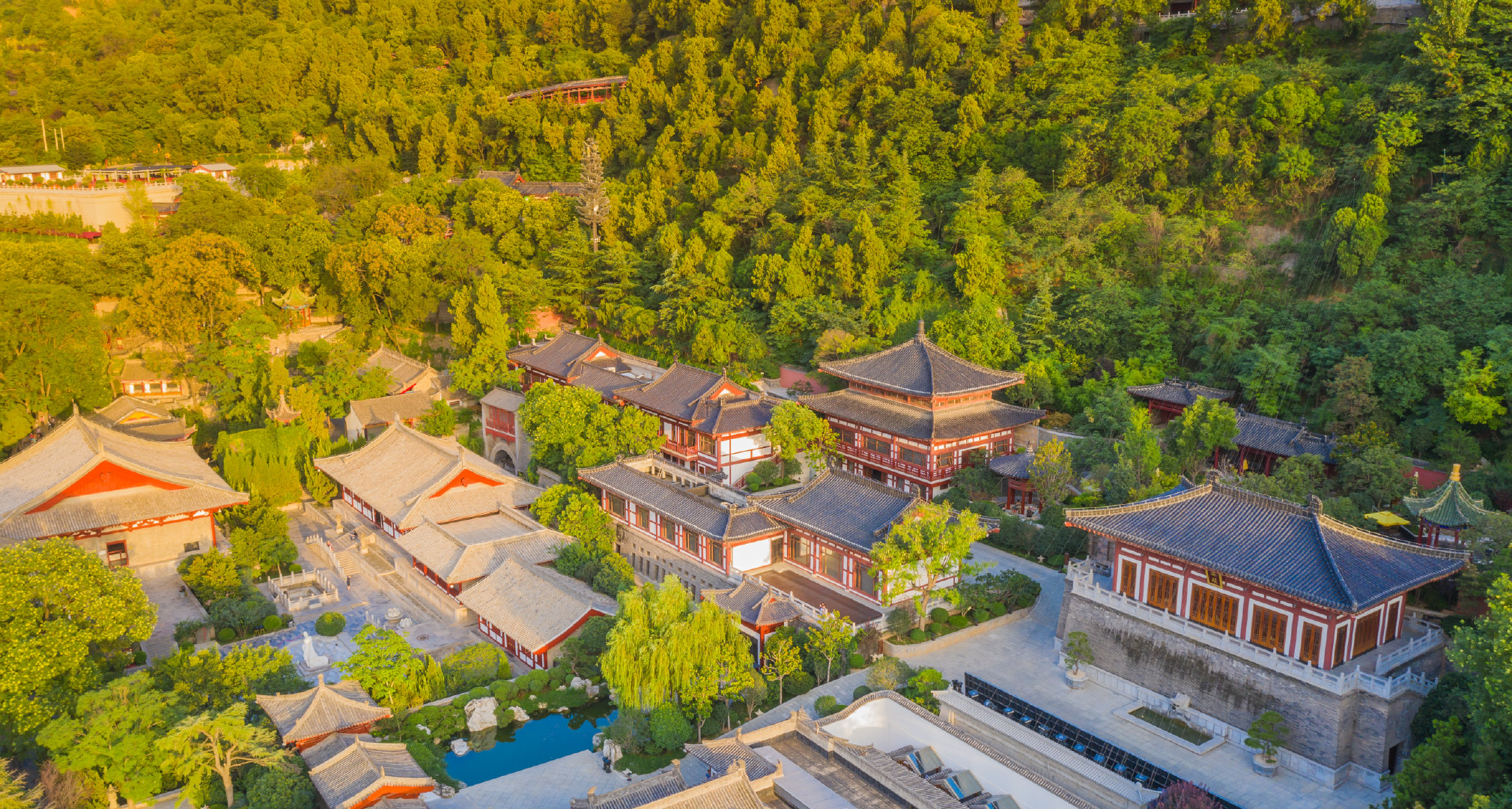

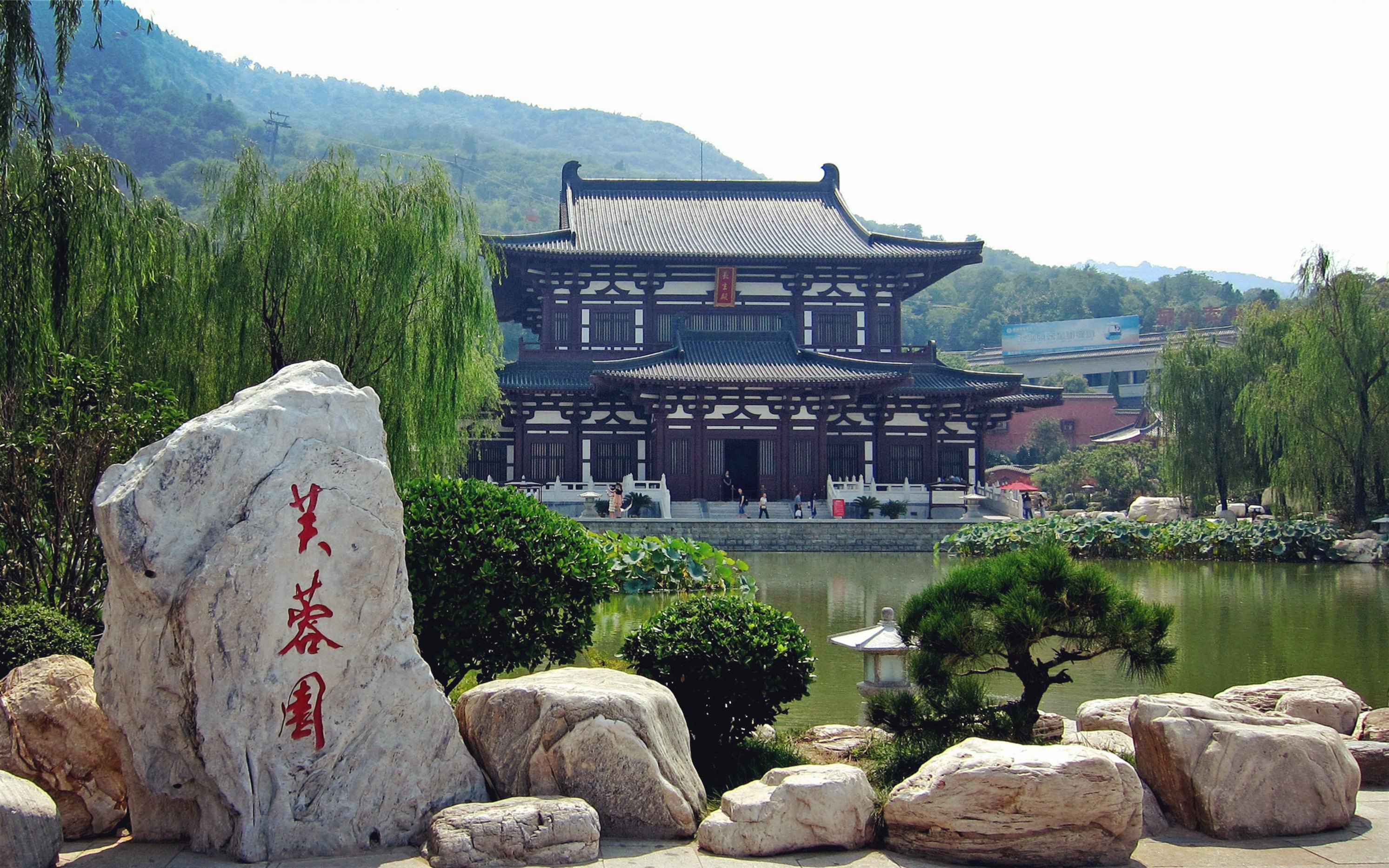
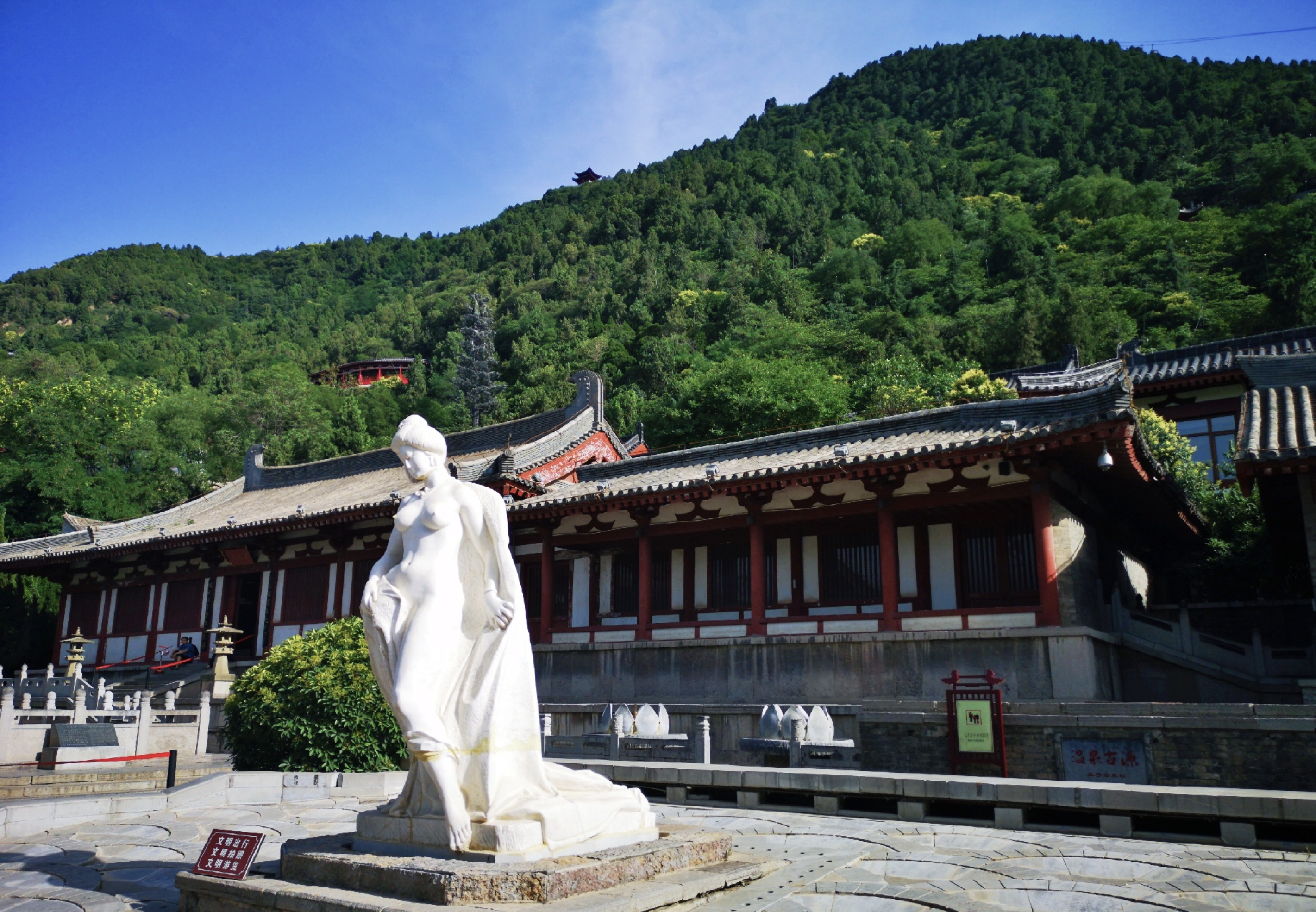
Huaqing Palace
Huaqing Palace, located at the northern foot of Mount Li in Lintong District, Xi'an, Shaanxi Province, is a historic site renowned for its natural hot springs and as a former imperial resort. Dating back over 3,000 years, it served as a favored retreat for emperors, most notably during the Tang Dynasty when Emperor Xuanzong and his consort Yang Guifei frequented the palace. The site encompasses the Huaqing Hot Springs, the remains of ancient bathing pools, and the scenic backdrop of Mount Li. Additionally, Huaqing Palace is historically significant as the location of the 1936 Xi'an Incident. Today, visitors can explore its rich history, enjoy the beautiful gardens, and experience cultural performances such as the renowned "Song of Everlasting
Information
Ticket price
Time
Location
38 Huaqing Rd, Lintong District, Xi'an, Shaanxi, China
View maps
More about the trip
Huaqing Palace: Imperial Retreat and Historical Landmark
Huaqing Palace, located at the northern foot of Mount Li in Lintong District, Xi'an, Shaanxi Province, is a historic site renowned for its natural hot springs and as a former imperial resort. Dating back over 3,000 years, it served as a favored retreat for emperors, most notably during the Tang Dynasty when Emperor Xuanzong and his consort Yang Guifei frequented the palace. The site encompasses the Huaqing Hot Springs, the remains of ancient bathing pools, and the scenic backdrop of Mount Li. Additionally, Huaqing Palace is historically significant as the location of the 1936 Xi'an Incident. Today, visitors can explore its rich history, enjoy the beautiful gardens, and experience cultural performances.
What to See and Do
Hot Springs and Imperial Baths: Explore the remains of the imperial bathing pools, including the Lotus Pool (for Emperor Xuanzong) and the Begonia Pool (for Yang Guifei). You can learn about the bathing rituals and the luxurious lifestyle of the Tang imperial court.
The Xi'an Incident Site: Visit the Five-Room Pavilion, where Chiang Kai-shek was captured during the Xi'an Incident in 1936, a pivotal event in modern Chinese history.
Gardens and Pavilions: Stroll through the beautifully landscaped gardens, adorned with traditional Chinese pavilions, bridges, and rockeries. The scenery is particularly charming in spring and autumn.
"Song of Everlasting Sorrow" Performance: In the evenings, the palace hosts a spectacular outdoor historical drama, "The Song of Everlasting Sorrow" (长恨歌), which tells the tragic love story of Emperor Xuanzong and Yang Guifei. This is a highly recommended and visually stunning performance (requires separate ticket and booking).
Mount Li: The palace is nestled at the foot of Mount Li, offering opportunities for light hiking and enjoying the natural surroundings.
Best Time to Visit
Spring and autumn offer the most pleasant weather for exploring the outdoor areas. If you plan to see the "Song of Everlasting Sorrow" performance, visit during the evening (seasonal operation, typically April to October).
How to Get There
Huaqing Palace is located in Lintong District, near the Terracotta Army. You can take tourist bus 306/833 or 307 from Xi'an Railway Station directly to Huaqing Palace. Many tour operators offer combined tours of Huaqing Palace and the Terracotta Army.
Travel Tips
Wear comfortable shoes: You'll be doing a lot of walking.
Book performance tickets in advance: If you plan to see "The Song of Everlasting Sorrow," book tickets well in advance, as they are very popular.
Combine with Terracotta Army: Huaqing Palace is often visited together with the Terracotta Army due to their proximity.

